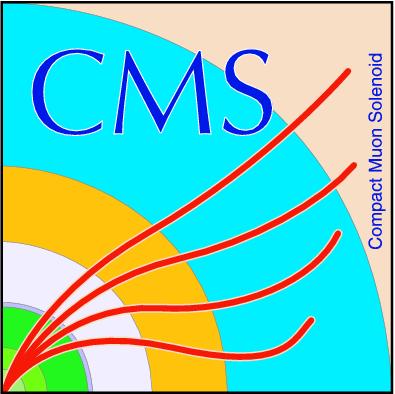

Compact Muon Solenoid
LHC, CERN
| CMS-PAS-HIG-24-018 | ||
| Search for Higgs boson decay to a charm quark-antiquark pair via $ \mathrm{t\overline{t}H} $ production | ||
| CMS Collaboration | ||
| 7 April 2025 | ||
| Abstract: A search for the standard model Higgs boson decaying to a charm quark-antiquark pair, $ \mathrm{H\!\to\!c\overline{c}} $, produced in association with a top quark-antiquark pair ($ \mathrm{t\overline{t}H} $) is presented. The search is performed with proton-proton collisions at $ {\sqrt{s}=13} $ TeV collected by the CMS experiment, corresponding to an integrated luminosity of 138 $ \mathrm{fb}^{-1} $. Advanced machine learning techniques are employed for jet flavor identification and event classification. The Higgs boson decay to a bottom quark-antiquark pair is measured simultaneously and the observed $ \mathrm{t\overline{t}H(H\!\to\!b\overline{b})} $ event rate relative to the standard model expectation is 0.91 $ ^{+0.26}_{-0.22} $. The observed (expected) upper limit on $ \sigma(\mathrm{t\overline{t}H})\mathcal{B}(\mathrm{H\!\to\!c\overline{c}}) $ is 0.11 ( 0.13 $ ^{+0.06}_{-0.04} $) pb at 95% confidence level (CL), corresponding to 7.8 ( 8.7 $ ^{+4.0}_{-2.6} $) times the standard model prediction. When combined with the previous search for $ \mathrm{H\!\to\!c\overline{c}} $ via associated production with a W or Z boson, the observed (expected) 95% CL interval on the Higgs-charm Yukawa coupling modifier, $ \kappa_\mathrm{c} $, is $ {|\kappa_\mathrm{c}| < 3.5} $ ($ {|\kappa_\mathrm{c}| < 2.7} $), the most stringent constraint to date. | ||
|
Links:
CDS record (PDF) ;
Physics Briefing ;
CADI line (restricted) ;
These preliminary results are superseded in this paper, Submitted to PRL. The superseded preliminary plots can be found here. |
||

|
Compact Muon Solenoid LHC, CERN |

|
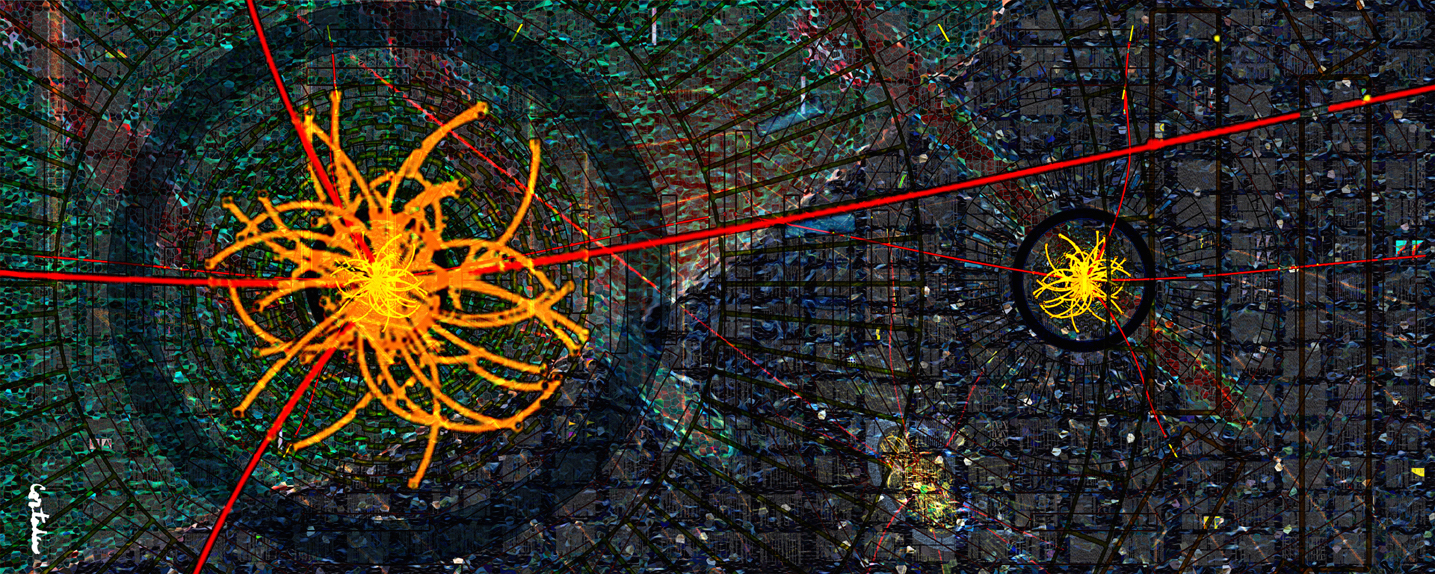
|
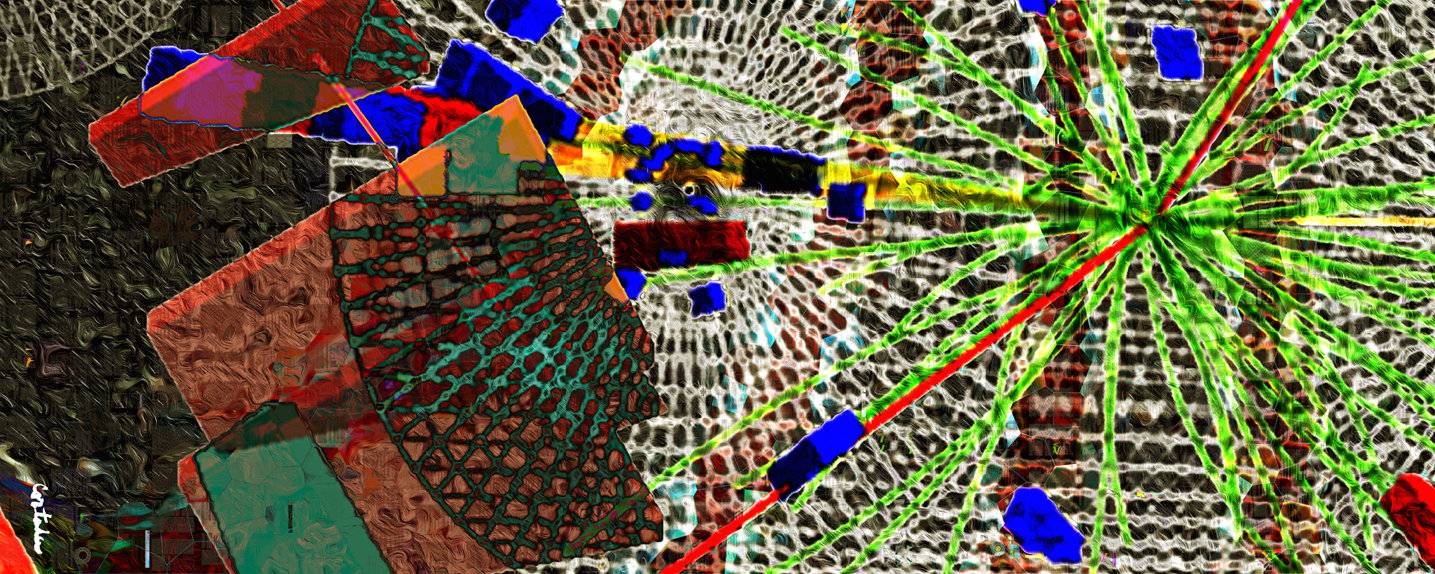
|
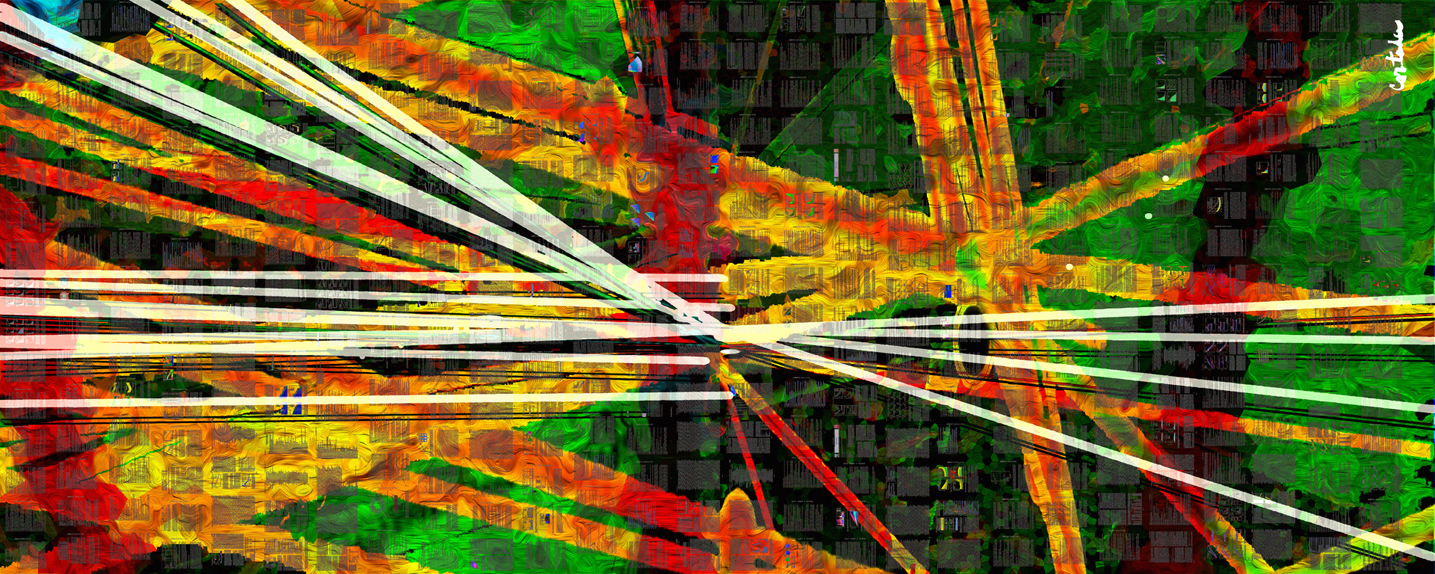
|
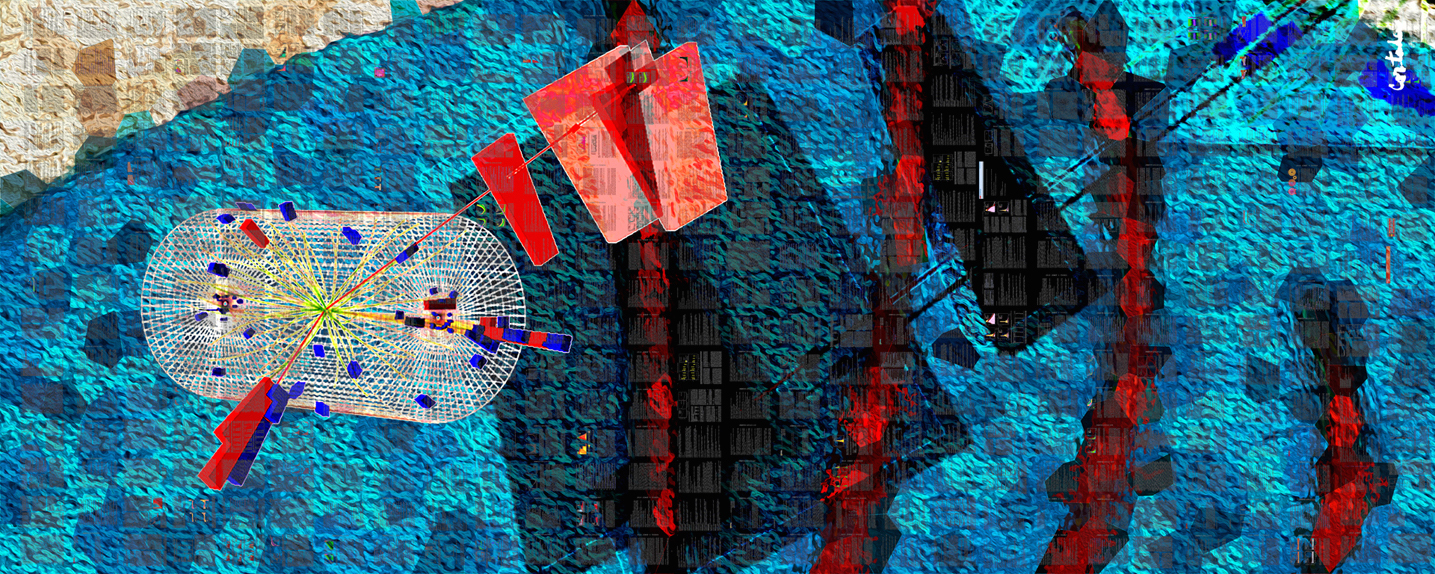
|
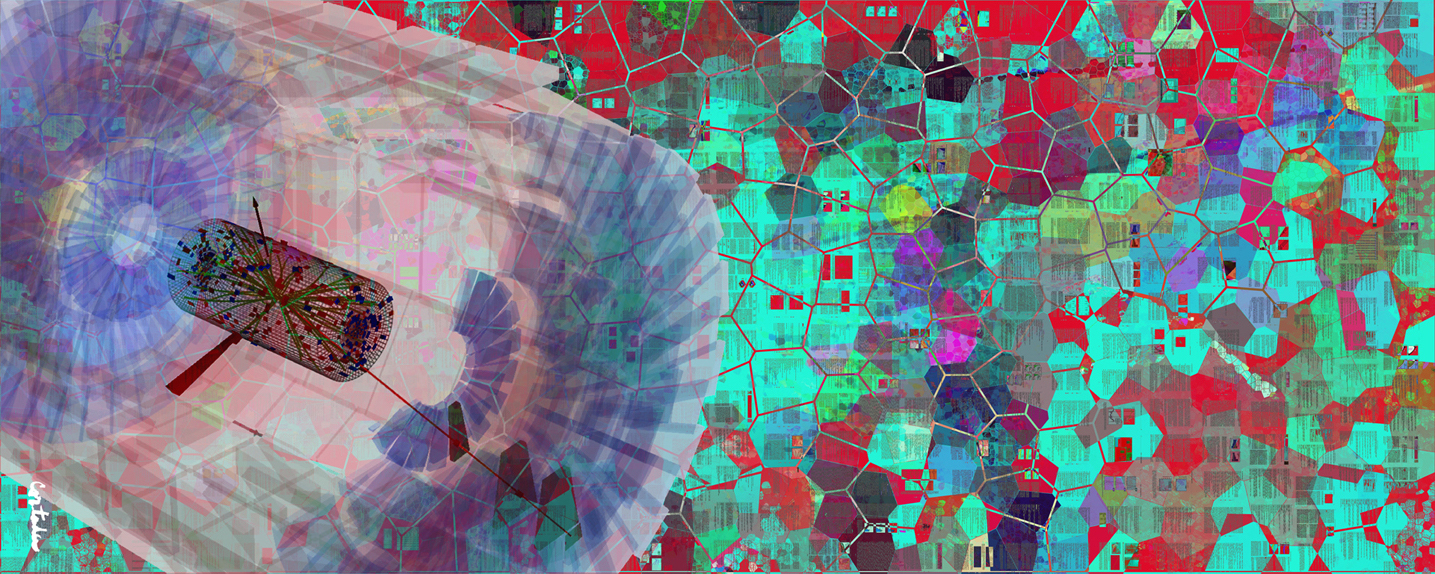
|